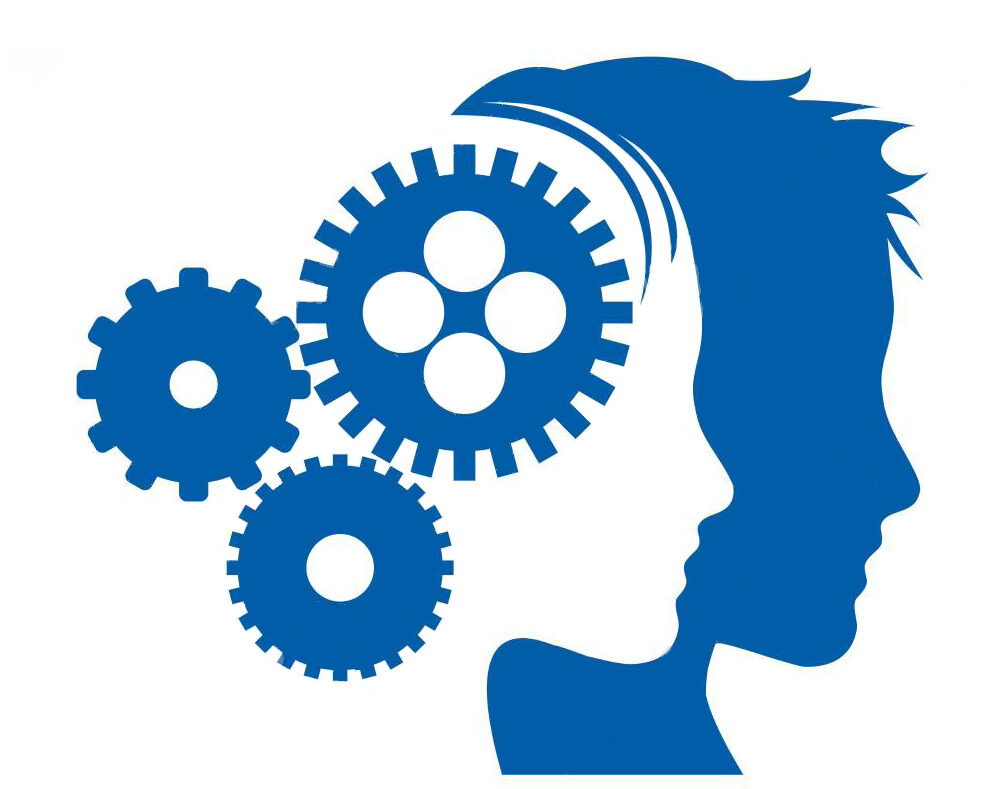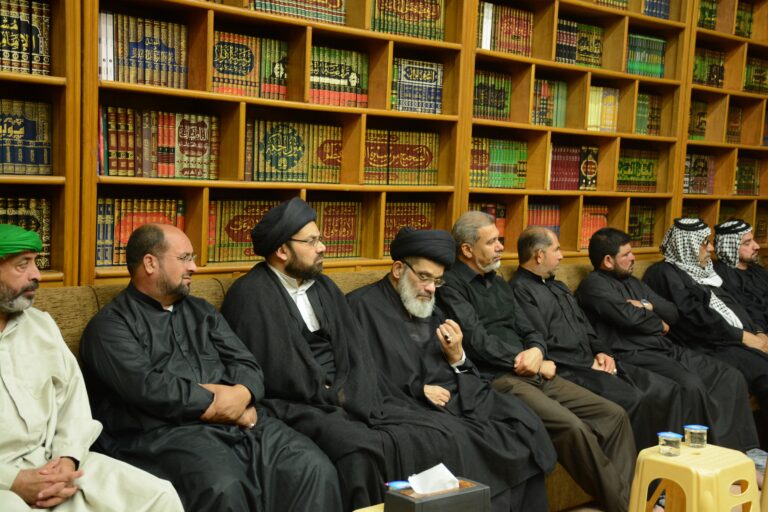Have you ever wondered how everything in the universe is connected and constantly in motion? The law of vibration provides us with insights into this intricate interconnectedness. It states that everything in the universe, including our thoughts and emotions, vibrates at a specific frequency. This article will explore the foundational concepts of the law of vibration, revealing how our vibrations shape our reality and influence our experiences. By understanding this universal law, you can unlock new possibilities and harness its power to manifest your desires and live a more fulfilling life.

Understanding the Law of Vibration
The Law of Vibration is a fascinating concept that explores the relationship between energy, frequency, and the interconnectedness of everything in the universe. This article aims to provide a comprehensive understanding of this law, touching upon its definition, historical background, principles, and applications in daily life. We will also discuss its implications in quantum physics and its effects on personal and collective reality. However, it is important to note that the Law of Vibration does attract a certain degree of criticism and skepticism, which we will address as well.
Definition and Explanation
Defining the Law of Vibration
The Law of Vibration, in its simplest form, states that everything in the universe is in a constant state of vibration. This includes both tangible and intangible entities, such as thoughts, emotions, and even inanimate objects. Every living being and object emits its own unique vibrational frequency, which interacts with the vibrations of other entities. This vibrational interaction plays a crucial role in shaping our experiences and reality.
Explaining Vibration in the Context of Energy
To understand vibration, we must first understand energy. Everything in existence is composed of energy, which can neither be created nor destroyed. This energy constantly oscillates, creating vibrations that are imperceptible to our senses, but nonetheless greatly influential. These vibrations can be compared to the ripples created by a stone tossed into a calm lake, radiating outwards and affecting the environment around them.
Relationship with the Law of Attraction
The Law of Vibration is closely intertwined with the Law of Attraction, another popular concept that gained prominence in recent years. The Law of Attraction suggests that we attract into our lives what we focus our thoughts, emotions, and energy on. According to this law, like attracts like. Therefore, by consciously raising our vibrational frequency, we can attract positive experiences, people, and opportunities into our lives.
Historical Background
Origin and Ancient Wisdom
Although the Law of Vibration has gained recognition in contemporary society, its roots can be traced back to ancient wisdom and esoteric teachings. Various ancient civilizations, such as the ancient Egyptians, Greeks, and Chinese, recognized the existence of vibration and its impact on human consciousness and the natural world. They emphasized the importance of harmonizing one’s vibrations with the rhythms of the universe.
Influence of Hermeticism
One of the key influences of the Law of Vibration is Hermeticism, a philosophical and spiritual tradition that emerged in ancient Egypt and was later popularized in Ancient Greece. The hermetic teachings, particularly as outlined in the “Kybalion,” emphasized the concept of vibration and its role in the creation and transformation of reality.
Modern Interpretations and Popularization
In more recent years, the Law of Vibration has become increasingly popular due to the efforts of various authors, teachers, and spiritual leaders. Individuals like Napoleon Hill, Charles Haanel, and Abraham Hicks have played a significant role in disseminating this concept to a wider audience, connecting ancient wisdom with modern understanding.
Principles of the Law of Vibration
Everything is Energy
At the core of the Law of Vibration lies the principle that everything in the universe, including all living beings, objects, and even thoughts, is composed of energy. This principle aligns with scientific discoveries in fields such as quantum physics, which reveal the fundamental energetic nature of matter.
Vibration as the Basis of Existence
The Law of Vibration asserts that vibration is the fundamental basis of existence. It proposes that all phenomena, from the smallest subatomic particles to the vast expanse of the cosmos, are ultimately products of vibrational interactions. By understanding and working with these vibrations, we can shape our experiences and manifest our desires.
Individual and Collective Vibrations
Every individual and collective entity emits its own unique vibrational frequency. This frequency is influenced by factors such as thoughts, emotions, beliefs, and intentions. The Law of Vibration posits that these vibrations not only shape an individual’s personal reality but also contribute to the collective vibration, thereby influencing the shared experiences of a group or society.
Influence of Thoughts and Emotions
One of the key principles associated with the Law of Vibration is the recognition that thoughts and emotions have a significant impact on our vibrational frequency. Positive thoughts and emotions, such as love, gratitude, and joy, emit high-frequency vibrations, attracting positive experiences and harmonious interactions. Conversely, negative thoughts and emotions, such as fear, anger, and resentment, emit low-frequency vibrations, which can lead to unfavorable outcomes and disharmony.

This image is property of images.pexels.com.
Frequency and Energy
Frequency as a Measure of Vibration
Frequency, in the context of the Law of Vibration, refers to the rate at which an entity’s vibrations oscillate. It is often measured in hertz (Hz), with higher frequencies indicating faster oscillations and vice versa. The frequency of an entity’s vibrations determines its energetic nature and the experiences it attracts into its reality.
Understanding Energy Frequencies
Energy frequencies can be categorized into distinct levels, each associated with a particular range of vibration. These levels, often referred to as the energetic spectrum, range from the lowest, densest frequencies (such as fear and hatred) to the highest, most refined frequencies (such as love and enlightenment). The Law of Vibration suggests that by consciously raising one’s vibrational frequency, an individual can ascend to higher levels of consciousness and manifest more desirable outcomes.
Different Levels of Vibrational Frequencies
The Law of Vibration recognizes that different entities and phenomena resonate at various levels of frequency. For example, emotions like anger and fear vibrate at lower frequencies, while emotions like love and gratitude vibrate at higher frequencies. Similarly, physical objects possess their own vibrational frequencies, which can be influenced by factors such as composition, density, and movement. Understanding these different levels of vibrational frequencies can empower individuals to consciously align their energy with their desired outcomes.
Interconnectedness of Everything
The Concept of Oneness
A central tenet of the Law of Vibration is the concept of oneness, which posits that everything in the universe is interconnected and inseparable. This suggests that every individual, object, and even thought is part of a larger, unified whole. Just as individual notes create a symphony, each vibration contributes to the harmonious or disharmonious nature of the collective vibration.
Interconnectedness of All Living Beings
The Law of Vibration expands on the concept of interconnectedness by emphasizing the interplay between all living beings. It suggests that as conscious beings, our individual vibrations interact and influence one another, creating ripple effects throughout the collective consciousness. This interconnectedness highlights the importance of cultivating positive vibrations, as they can contribute to the well-being and upliftment of not just ourselves but also the people we interact with.
Relationship with the Law of Correspondence
The Law of Correspondence states that the patterns, qualities, and dynamics found on one level of existence are reflected at all other levels. In the context of the Law of Vibration, the principle of correspondence suggests that the vibrational frequencies emitted by individuals, objects, and thoughts correspond to similar frequencies in the external reality. In other words, our inner vibrations align with and attract similar vibrations in our external experiences.

This image is property of images.pexels.com.
Manifestation and Attraction
Manifestation through Vibration
According to the Law of Vibration, manifestation occurs through the alignment of vibrations. By consciously raising one’s vibrational frequency through thoughts, emotions, and intentions, an individual can attract and manifest their desired reality. This process involves consistently emitting vibrations that are in harmony with the desired outcomes, thereby synchronizing with the vibrational frequencies of those experiences.
Law of Attraction as a Subset of the Law of Vibration
The Law of Attraction is a subset of the broader Law of Vibration, focusing specifically on the mechanism through which vibrations attract similar vibrations. It suggests that like attracts like, meaning that by embodying the vibrational frequency of one’s desired experiences, an individual can draw those experiences into their reality. The Law of Attraction builds upon the principle that positive thoughts, emotions, and beliefs emit high-frequency vibrations, magnetizing corresponding positive outcomes.
Role of Intentions and Beliefs
Intentions and beliefs play a pivotal role in the manifestation process outlined by the Law of Vibration. Intentions serve as the guiding force behind the vibrations emitted, while beliefs shape the perception of what is feasible and attainable. By consciously setting clear intentions aligned with desired outcomes and cultivating empowering beliefs, individuals can fine-tune their vibrational frequency and steer the manifestation process in their favor.
Quantum Physics and the Law of Vibration
Quantum Mechanics and Vibration
Quantum physics, the branch of science that explores the nature of subatomic particles and their behaviors, provides intriguing insights into the Law of Vibration. Quantum mechanics suggests that particles exist in a state of superposition, meaning they possess multiple probable states simultaneously until observed. This suggests a fundamental connection between observation, consciousness, and the vibrational nature of reality.
Entanglement and Nonlocality
Two concepts in quantum physics, entanglement, and nonlocality, further support the interconnectedness proposed by the Law of Vibration. Entanglement refers to the phenomenon in which particles become linked through their vibrational states, and any changes in one particle instantaneously affect its entangled counterpart, regardless of distance. Nonlocality suggests that information or influence can be transmitted faster than the speed of light, indicating a deeper connection beyond our perception of time and space.
Consciousness and Observer Effect
The Law of Vibration posits that consciousness plays a significant role in shaping reality. Quantum physics offers supportive evidence through the observer effect, which states that the act of observation influences the behavior and properties of subatomic particles. This suggests that consciousness, in observing and interacting with the vibrational nature of reality, has a profound impact on the manifestation of physical outcomes.
Effects on Personal and Collective Reality
Impact on Personal Well-being
The Law of Vibration reinforces the idea that personal well-being is not solely determined by external circumstances but is significantly influenced by one’s internal vibrations. By consciously cultivating positive thoughts, emotions, and beliefs, individuals can elevate their vibrational frequency and, therefore, experience greater overall well-being. This involves taking responsibility for one’s own vibrations, consciously choosing positive responses to life’s challenges, and focusing on what truly aligns with their higher self.
Influence on Relationships and Interactions
The Law of Vibration extends its influence beyond personal well-being to interpersonal relationships and interactions. It suggests that the vibrations emitted by individuals shape their connections and experiences with others. By consciously choosing to vibrate at a higher frequency, individuals can enhance their interactions, attract harmonious relationships, and contribute to the greater social and emotional well-being of their communities.
Collective Consciousness and Social Dynamics
The Law of Vibration highlights the significance of collective consciousness and its impact on social dynamics. When individuals come together with shared intentions, beliefs, and vibrations, they can collectively enhance their manifesting power and influence societal change. This amplification of individual vibrations within the collective consciousness can lead to advancements in various fields such as science, spirituality, and social justice.
Criticism and Skepticism
Scientific Critique
As with any metaphysical concept, the Law of Vibration attracts scientific critique. Skeptics argue that its assertions lack empirical evidence and rely heavily on subjective experiences and interpretations. Some contend that the concept is untestable or cannot be objectively measured, making it difficult to validate scientifically.
Pseudoscience and New Age Misinterpretations
Critics also point to the potential for misinterpretation and distortion of the Law of Vibration, leading to pseudoscientific claims or unrealistic expectations. They caution against blind belief in the concept without rigorous critical thinking and discernment. It is important to approach the Law of Vibration with an open mind, but also with a healthy dose of skepticism and intellectual scrutiny.
Overreliance and Neglect of Other Factors
Another aspect of criticism stems from the potential overreliance on the Law of Vibration while neglecting other factors that may influence personal and collective reality. Critics argue that while vibrations and thoughts are undoubtedly influential, they are not the sole determinants of outcomes. It is important to consider other factors such as external circumstances, individual actions, and societal structures that can also impact reality.
In conclusion, the Law of Vibration offers a comprehensive framework for understanding the role of energy, frequency, and interconnectedness in shaping our reality. By recognizing the vibrational nature of existence and consciously aligning our thoughts, emotions, and intentions, we can actively manifest our desires and enhance our well-being. While some skepticism exists, exploring the Law of Vibration with an open mind and critical inquiry can provide valuable insights into the profound interplay between consciousness, vibration, and our experiences in the world.








